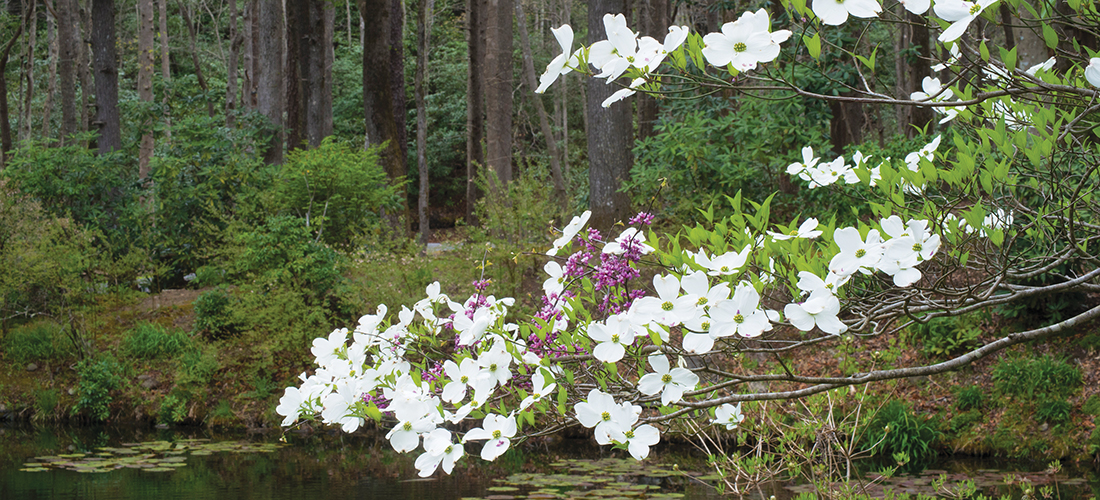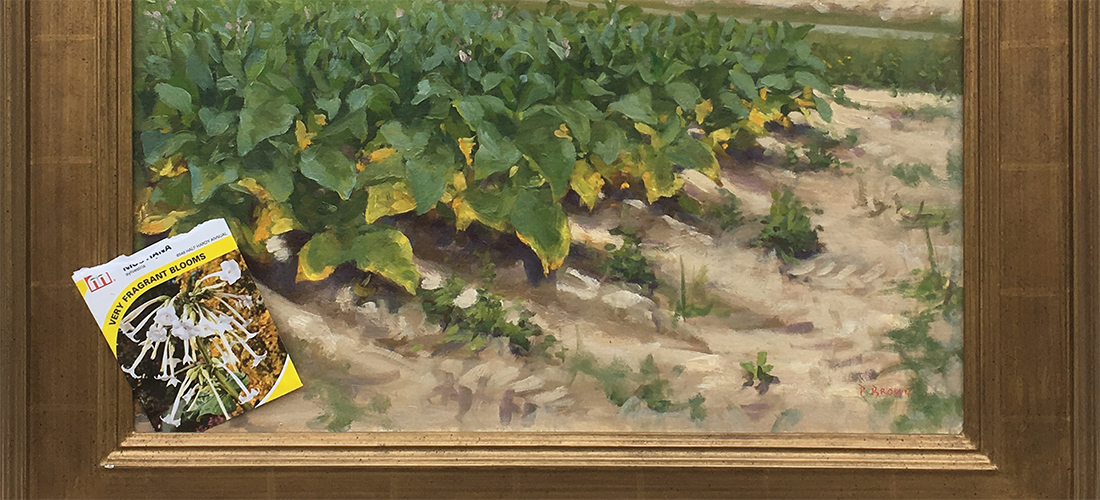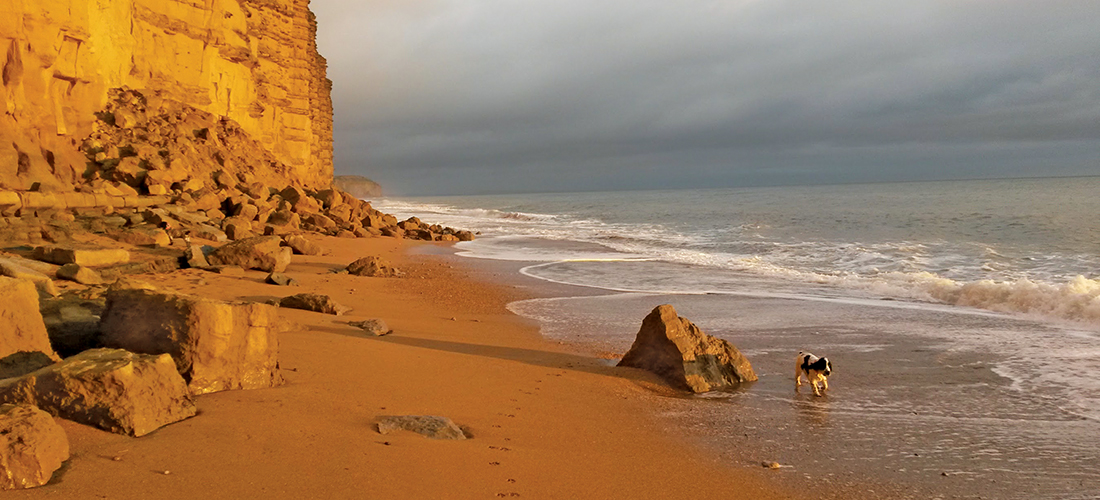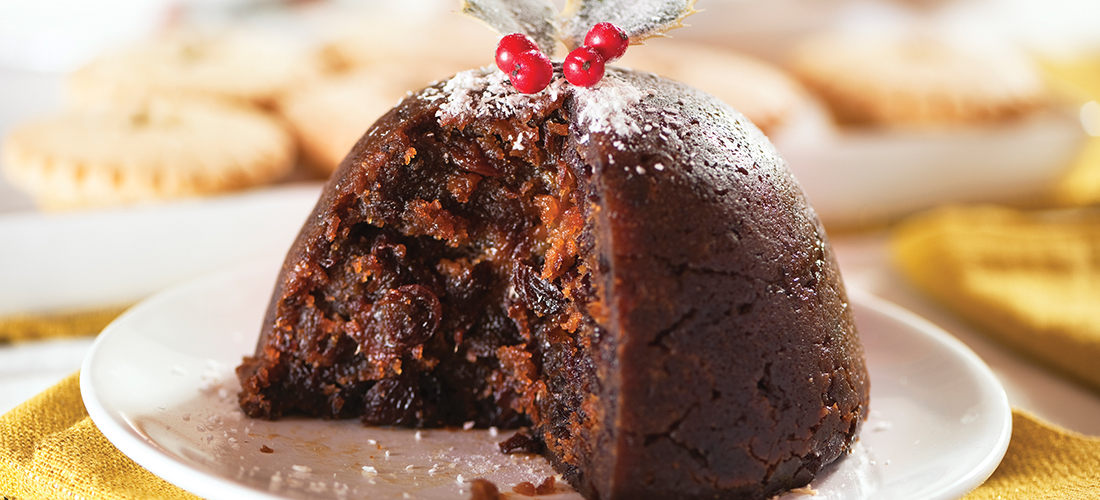Why the dogwood flower is the herald of the true new year
By Serena Kenyon Brown
From the Middle Ages until 1752, the English legal year began on Lady Day, that is, the Feast of the Annunciation, which falls — by no coincidence, I’m sure — on the 25th of March, just after the vernal equinox.
Many other creeds and cultures date their years from around this point in the calendar, and as the equinox goes by and we arrive at April, and spring, that seems eminently sensible.
When I was a city dweller I never used to give much thought to the way we see in the New Year during Christmas, bleary-eyed and liverish, awaiting the bills, just as winter’s really starting to sink in its teeth. The only indicators of seasonal change were the London plane trees outside the office window. In the summer they gave the glorious impression that one was working in a treehouse. During the winter they seemed to disappear completely into the permagloom.
I would put my unease around the 1st of January down to overdoing it on the 31st of December, and trudge over Waterloo Bridge into the new year with the rest of the flock.
But outside the urban microclimate it doesn’t make sense, that the year be new when the trees are black skeletons, the hedgerows bare and the fields set thick with frost. It sets us off on the wrong foot, I know now.
The bright red and gold of the Sandhills years brought with them something of a revelation.
In England, spring is all as advertised by the great poets: racing lambs and a host of golden daffodils. Yes, the weather can be a tad cruel — it might warm up in June — but the days are lengthening and the shadows shrinking rapidly.
Here in the Sandhills the dwarf irises are poking up through the pine straw. The evenings are sweet with the scent of pine, the longleaf cones swelling to a fecund purple before they explode the golden pollen that will engulf us all this month. Turtles emerge to sun themselves on beaver-fallen logs. Snakes are slow and hungry, chock-full of hibernated poison. The frogs are warming up for their summer chorus.
Best of all, the dogwoods are blossoming. What could make one feel more optimistic than those delicate constellations dotted through the budding woods?
I had been in the Sandhills about six months, long enough to learn a few of the trails and tracks of the Walthour-Moss Foundation, when I went for a ride, just Castalon and the woods and me. Cas was a dignified warmblood of advancing years and bright bay coat, and, unusual in a herd animal, a preference for human company over equine. He was just the consort for such a venture.
It was early April. There was a dreamlike, slow-motion quality to the day. There was a musk of deer catching in the breeze. A woodpecker hammered from time to time. The sand was deep in the firebreak and Cas and I moved at a leisurely pace, reins long, bay ears flopping. We saw no other horses or riders, though a fox squirrel kept us company for a few hundred yards and there was a flash of sapphire as a bluebird dived into a nesting box.
We thudded softly over a wooden bridge and followed the course of a creek that ran clear over its smooth sand bed. We nudged into Cas’ rocking-horse canter, but within a few strides we pulled up. I was spellbound.
This was my first sight of the wild flowering dogwoods. We stood at the entrance to a dappled world of spring green and broderie anglaise. It was as though we had happened upon the Lady Chapel within the longleaf pines’ cathedral.
We walked very slowly along the creek. I drank in every moment. It was spring distilled.
Though I rode on many more trails, through many more springs, I never returned to that place. I didn’t want to add another layer to the gossamer of memory. I fell in love with the dogwoods that day, and looked for them eagerly in every wood thereafter. When we moved to the little house on May Street I was glad to find that two old dogwoods graced the front lawn. Through the seasons we lived there, those trees came to represent hope and beauty and the careful balance of nature.
Hope, beauty, balance. We need that at a beginning. The new year starts when the first dogwood of the season flowers. PS
Serena Brown is chilling the champagne for Dogmanay, which she celebrates annually on the night before the first dogwood blooms.




